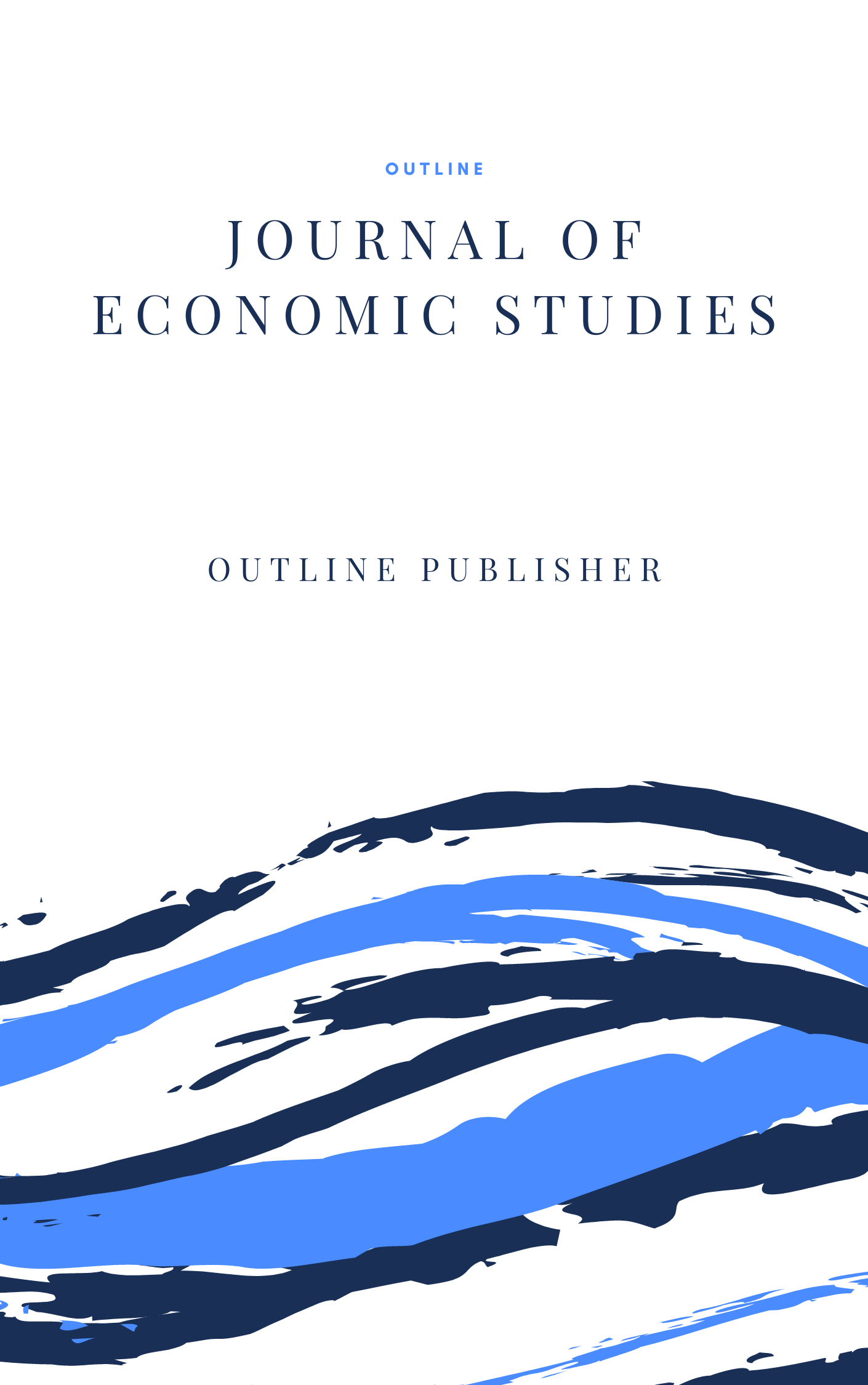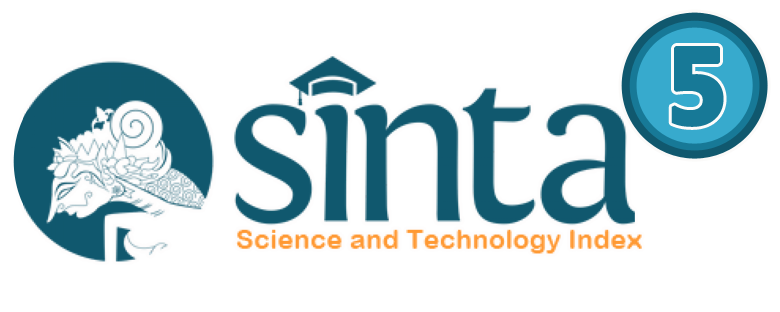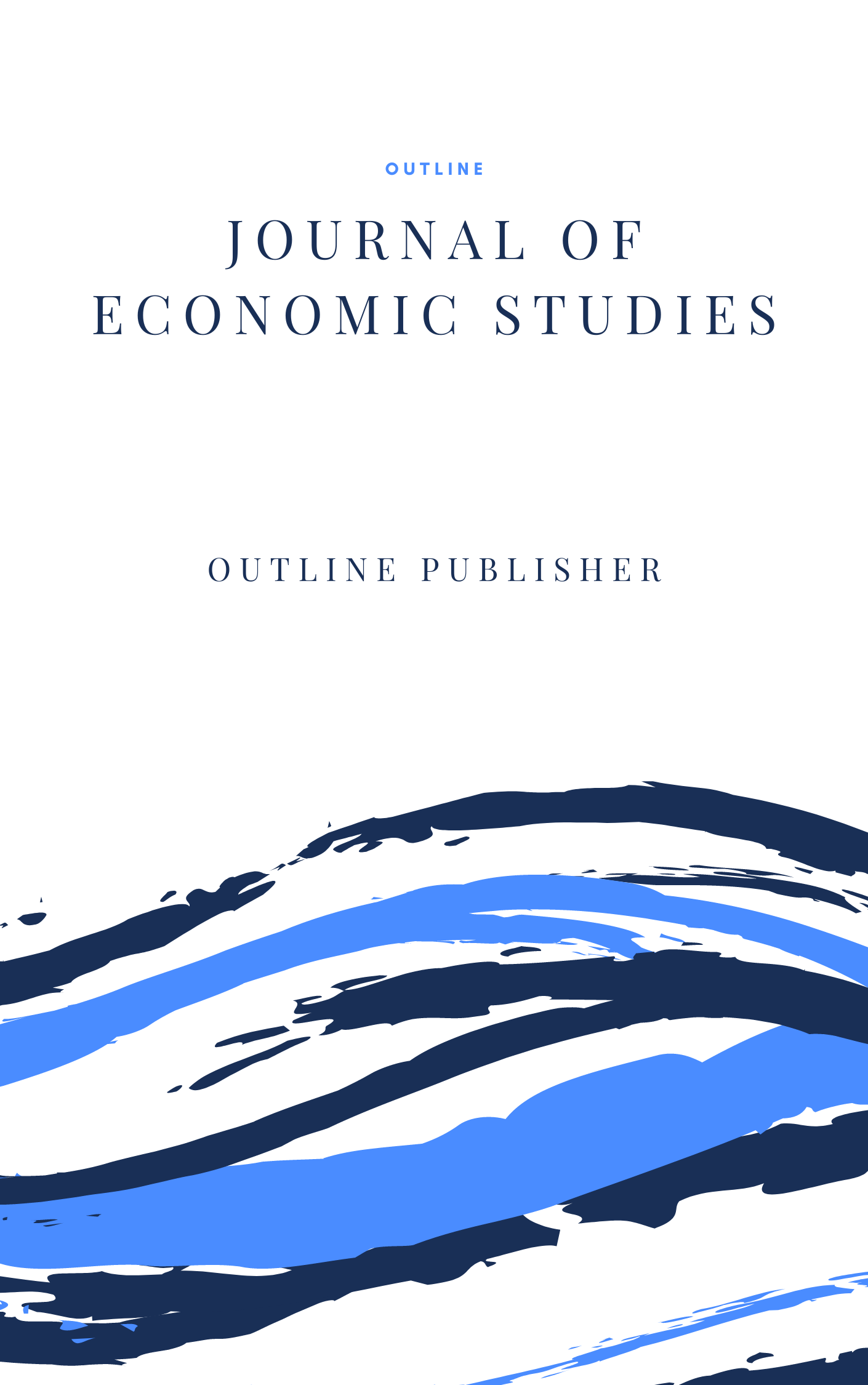The Effect of Life Expectancy, Open Unemployment Rate, and Government Spending in The Education Sector on The Human Development Index in North Sumatra Province, Indonesia
DOI:
https://doi.org/10.61730/gceqet48Keywords:
HDI, Life expectancy, Government spending, Education sectorAbstract
This study aims to analyze the effect of Life Expectancy Rate (AHH), Open Unemployment Rate (TPT), and Government Expenditure in the Education sector on Human Development Index (HDI) in North Sumatra Province in the period 2010-2024. This research uses a quantitative approach with a literature study method. The data used is secondary time series data obtained from the publication of Badan Pusat Statistik (BPS). The analysis technique used is multiple linear regression with the help of E-Views 10 software. Tests were carried out through the classical assumption test, the coefficient of determination test, the simultaneous F test, and the partial t test. The results showed that simultaneously the three independent variables had a significant effect on HDI. Partially, AHH and government spending in the education sector have a positive and significant effect on HDI, while TPT has a negative and significant effect. The Adjusted R-squared value of 0.985 indicates that the model is able to explain 98.5% of the variation in HDI. This finding confirms that improving the quality of health, reducing unemployment, and investing in the education sector are important factors in supporting sustainable human development in North Sumatra Province.
References
Badan Pusat Statistik Provinsi Sumatera Utara. (2024). Indeks Pembangunan Manusia Provinsi Sumatera Utara 2023. https://sumut.bps.go.id/publication.html
Becker, G. S. (1993). Human capital: A theoretical and empirical analysis with special reference to education (3rd Edition). University of Chicago Press.
Dwipurwani, O., Irmeilyana, & Andini, T. (2022). Model Regresi Data Panel pada Faktor- Faktor yang Mempengaruhi Indeks Pembangunan Manusia (IPM) Sumatera Selatan Tahun 2016-2021. JURNAL ILMIAH MATEMATIKA DAN TERAPAN, 19(2), 153– 167.
Ginting, D. I., & Lubis, I. (2023). Pengaruh angka harapan hidup dan harapan lama sekolah terhadap indeks pembangunan manusia. Bisnis-Net: Jurnal Ekonomi dan Bisnis, 6(2), 519–528. https://jurnal.dharmawangsa.ac.id/index.php/bisnet/article/view/3884
Gujarati, D. N., & Porter, D. C. (2009). Basic Econometrics (5th Edition). New York: McGraw-Hill Education.
Indiati, S., Rahmawati, N., & Sari, F. N. (2024). Pengaruh tingkat pengangguran dan kemiskinan terhadap Indeks Pembangunan Manusia di Indonesia. Jurnal Ekonomi dan Pembangunan Indonesia, 25(1), 45–56. https://doi.org/10.21002/jepi.v25i1.2024
Irvan Ginting, D., & Lubis, I. (2023). Pengaruh Angka Harapan Hidup Dan Harapan Lama Sekolah Terhadap Indeks Pembangunan Manusia. Bisnis-Net Jurnal Ekonomi Dan Bisnis, 6(2), 519-528.
Kuncoro, M. (2013). Ekonomi Pembangunan: Teori, Masalah, dan Kebijakan (Edisi Keempat) Yogyakarta: UPP STIM YKPN.
Mongan, J. J. S. (2019). Pengaruh pengeluaran pemerintah bidang pendidikan dan kesehatan terhadap indeks pembangunan manusia di Indonesia. Indonesian Treasury Review: Jurnal Perbendaharaan, Keuangan Negara dan Kebijakan Publik, 4(2), 163–176. https://doi.org/10.33105/itrev.v4i2.122
Mongan, R. T. (2019). Pengaruh belanja pemerintah sektor pendidikan dan kesehatan terhadap IPM di Indonesia. Jurnal Ekonomi Pembangunan, 20(2), 155–165. https://doi.org/10.29259/jep.v20i2.12345
Palayukan, M. (2019). Pengaruh belanja pemerintah terhadap indeks pembangunan manusia: Studi kasus provinsi Sulawesi Tenggara. Jurnal BPPK: Badan Pendidikan dan Pelatihan Keuangan.
Prastiwi, D. N., & Handayani, S. (2021). Analisis faktor-faktor yang mempengaruhi IPM di Provinsi Jawa Tengah. Jurnal Ekonomi dan Kebijakan Publik, 12(3), 205–216. https://doi.org/10.22212/jekp.v12i3.45678
Prastiwi, D. N., & Handayani, S. (2021). Analisis faktor-faktor yang mempengaruhi IPM di Provinsi Jawa Tengah. Jurnal Ekonomi dan Kebijakan Publik, 12(3), 205–216. https://doi.org/10.22212/jekp.v12i3.45678
Republik Indonesia. (2003). Undang-undang Republik Indonesia nomor 20 tahun 2003 tentang sistem Pendidikan nasional.
Simanjuntak, R. M., Widodo, A., & Lestari, S. (2023). Analisis pengaruh angka harapan hidup terhadap indeks pembangunan manusia di Indonesia. Jurnal Kesejahteraan Sosial, 18(1), 12–24. https://doi.org/10.15408/jks.v18i1.78910
Simanjuntak, R. M., Widodo, A., & Lestari, S. (2023). Analisis pengaruh angka harapan hidup terhadap indeks pembangunan manusia di Indonesia. Jurnal Kesejahteraan Sosial, 18(1), 12–24. https://doi.org/10.15408/jks.v18i1.78910
Sugiyono. (2017). Metode Penelitian Kuantitatif, Kualitatif, dan R&D. Bandung: Alfabeta.
Tjodi, A. M., Rotinsulu, T. O., & Kawung, G. M.. (2018). Pengaruh Pengeluaran Pemerintah Sektor Pendidikan, Sektor Kesehatan Dan Belanja Modal Trhadap Indeks Pembangunan Manusia Melalui Pertumbuhan Ekonomi (Studi Di Provinsi Sulawesi Utara). Jurnal Pembangunan Ekonomi Dan Keuangan Daerah, 19(4), 27–44.
United Nations Development Programme. (1990). Human Development Report 1990: Concept and Measurement of Human Development. Oxford University Press. http://hdr.undp.org/en/reports/global/hdr1990
World Health Organization. (2024). Social determinants of health. https://www.who.int/health-topics/social-determinants-of-health























